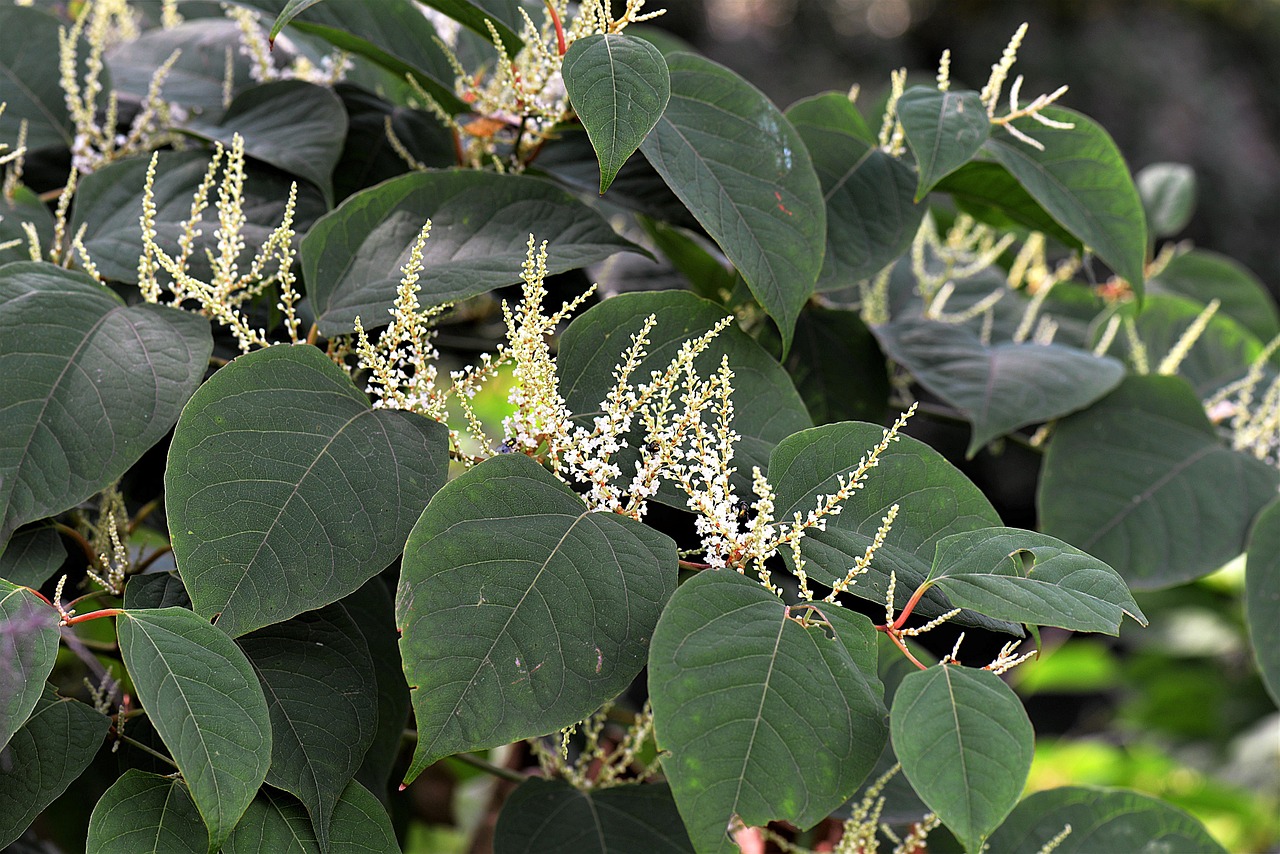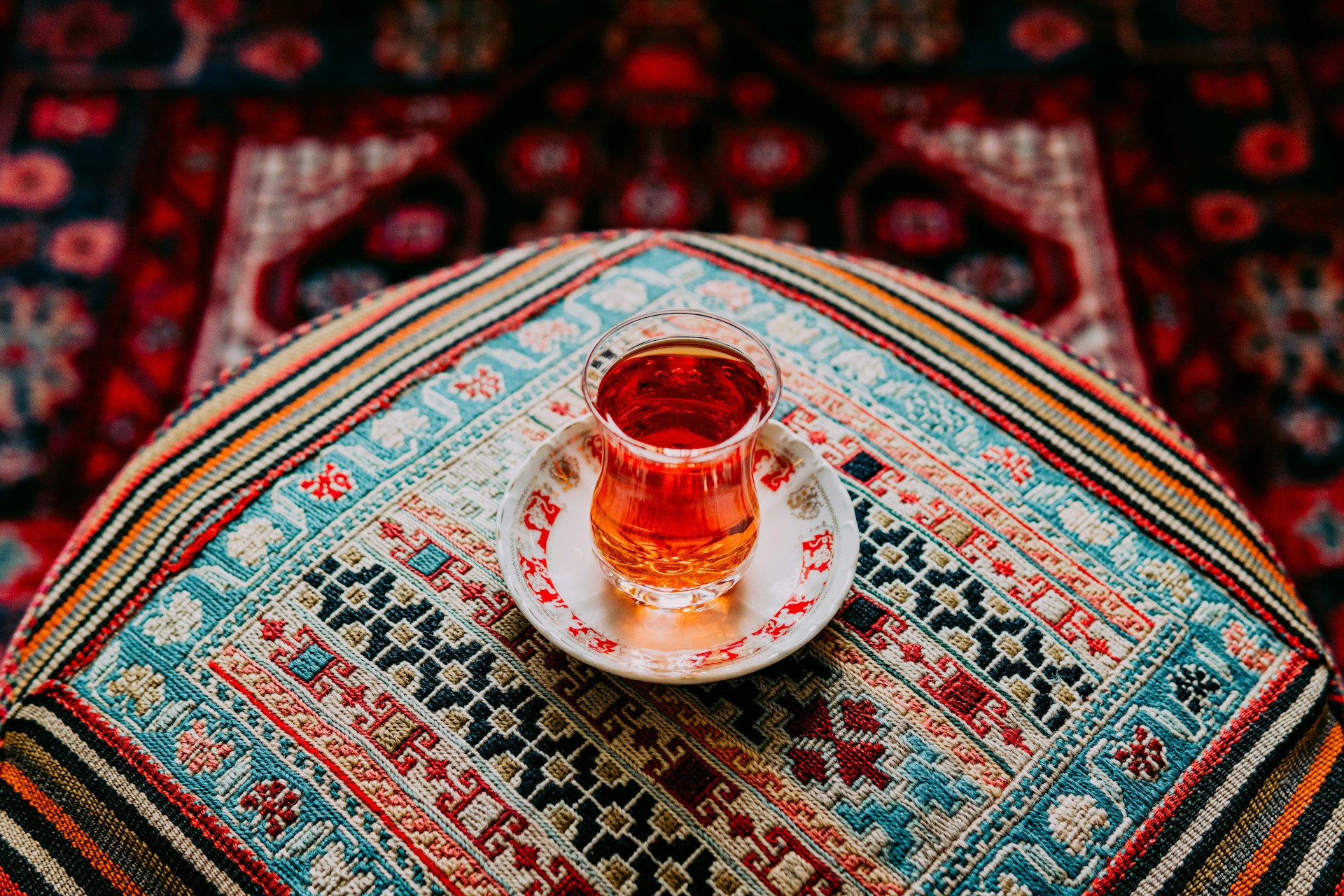Most gardeners judge plants by looks, not law codes. A soft hedge, a sunny flower, or a lush pond filler can seem completely innocent at first glance. Regulators, though, see root systems that break concrete, seeds that race downstream, and toxins that quietly reshape entire habitats. That gap between beauty and impact explains why some familiar ornamentals are banned or tightly restricted. A planting that feels like a small personal choice can, in the wrong region, carry real legal and ecological weight.
Japanese Knotweed
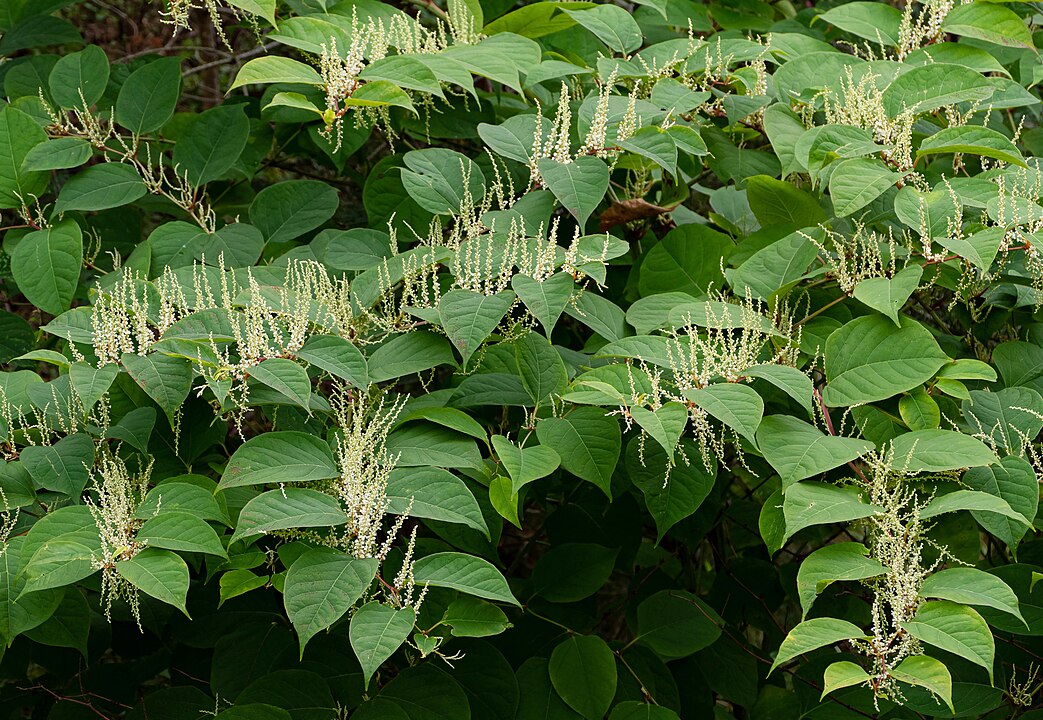
Japanese knotweed presents itself as a tidy, bamboo-like screen with heart-shaped leaves and delicate sprays of white flowers. Underground, its rhizomes punch through pavement, creep beneath foundations, and send up new shoots from fingernail-sized fragments. In places like the UK and parts of North America, laws restrict planting, moving, or dumping soil that contains it. Even a small backyard patch can complicate property sales and lead to expensive, supervised removal plans.
Giant Hogweed
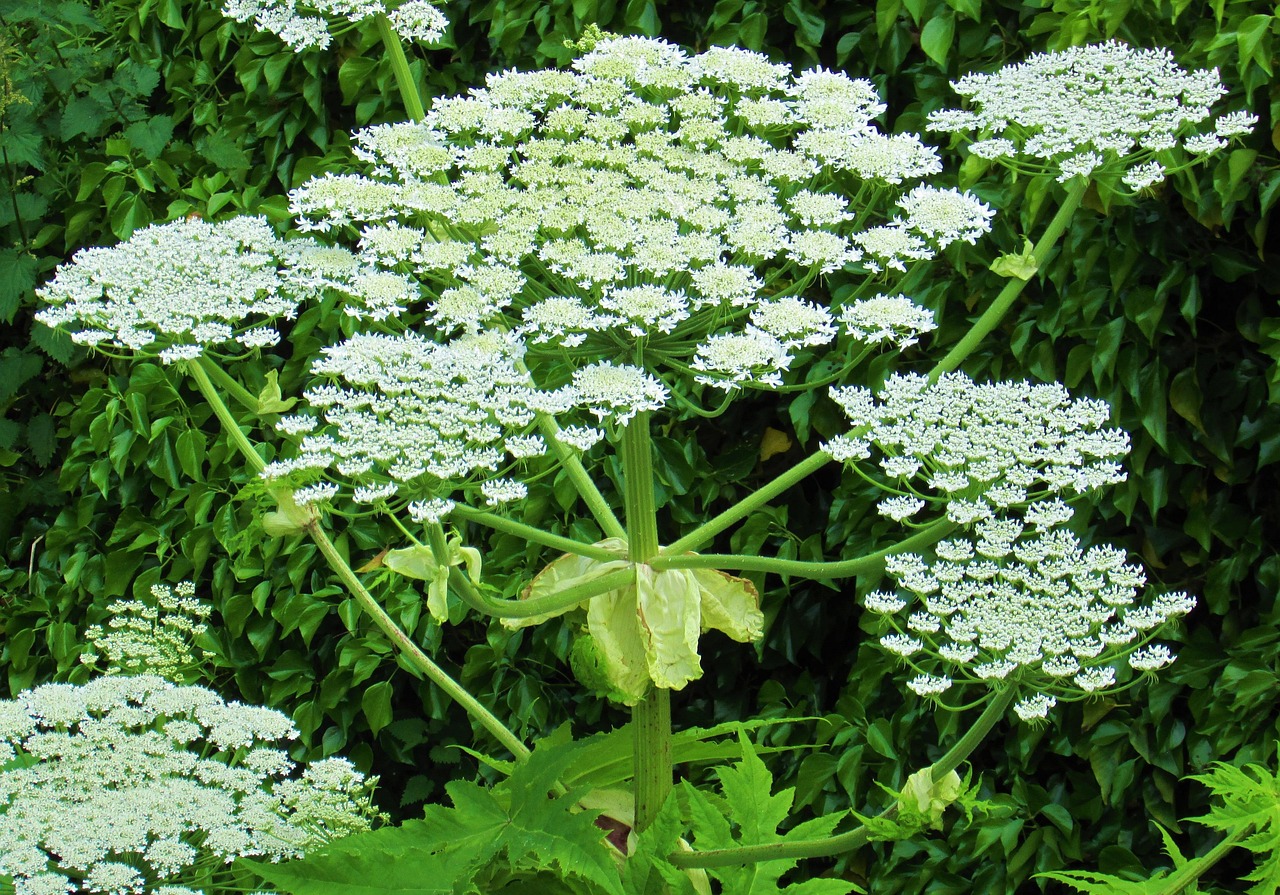
Giant hogweed looks dramatic in photos, with umbrella-sized flower heads and towering stalks that can dwarf a person. Its sap contains chemicals that react with sunlight and can burn skin, leaving long-lasting scars and sensitivity. Because of this, many regions classify it as a noxious weed and outlaw intentional planting or transport. Crews tasked with removal wear full protective gear, treating the plant less like a garden curiosity and more like a hazardous material in leafy form.
Water Hyacinth
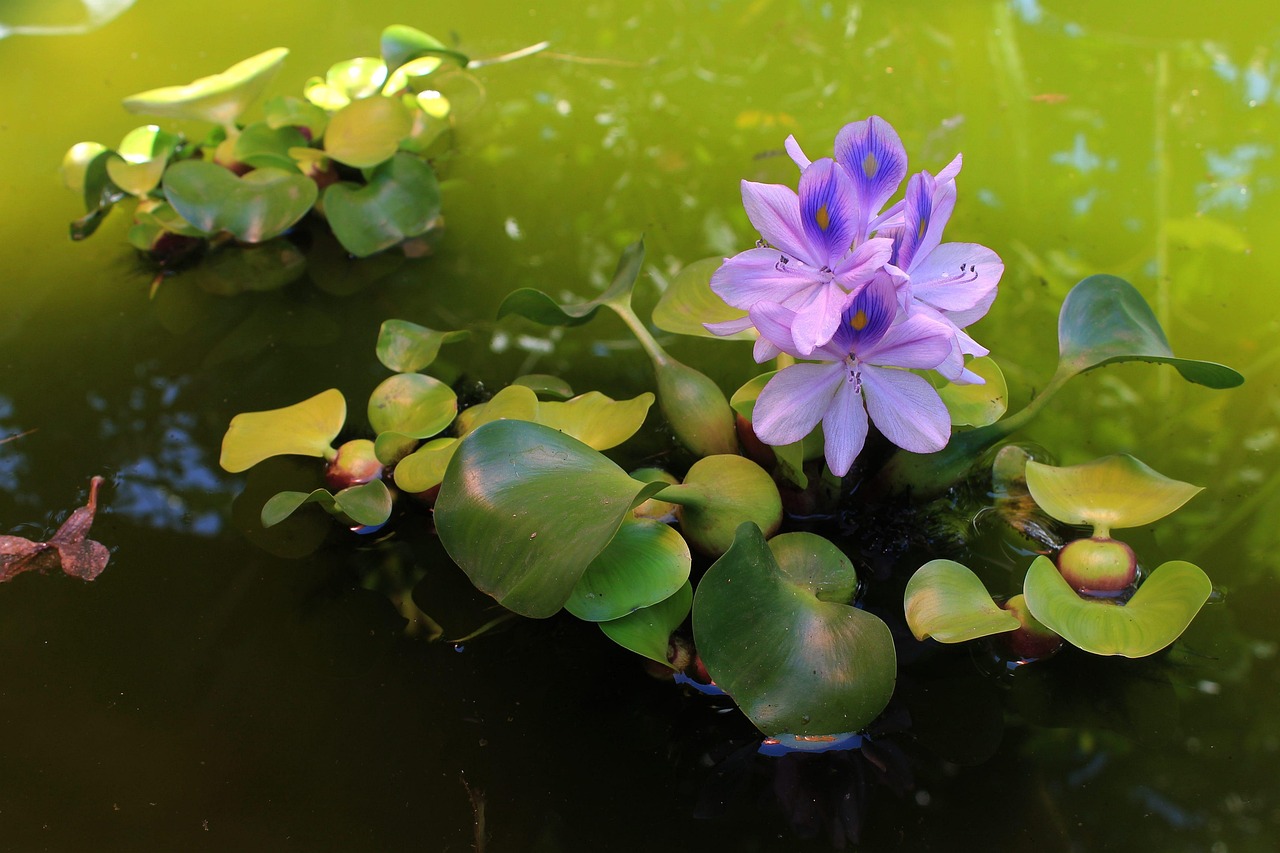
Water hyacinth offers glossy leaves and soft lavender blooms that seem perfect for dressing up decorative ponds. In warm climates it multiplies rapidly, forming thick mats that block light, drain oxygen, and clog boat channels. Fish kills, stranded birds, and flooded irrigation canals have turned it into a regulated menace in many areas. Some countries ban its sale and cultivation outright, forcing pond owners to choose native alternatives and keep a close eye on any remaining patches.
Purple Loosestrife
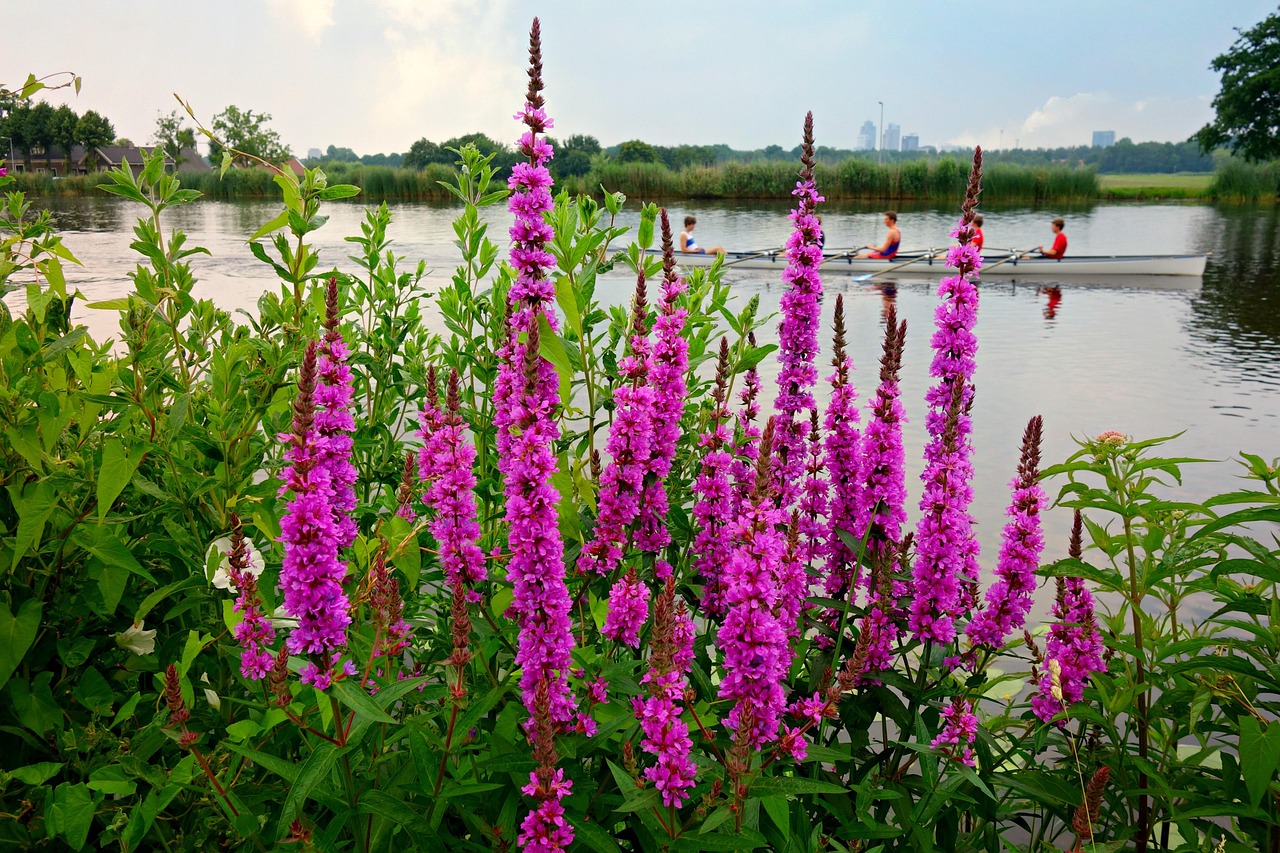
Purple loosestrife paints wet ditches and marsh edges with brilliant magenta spikes that look tailor-made for nature calendars. Beneath that beauty is a plant that crowds out sedges, cattails, and other wetland species that wildlife relies on for nesting and cover. Because dense stands can transform entire marsh systems, many states and provinces prohibit its sale and intentional planting. Restoration crews now spend seasons cutting, digging, and deploying biological controls to reclaim choked wetlands.
Kudzu Vine
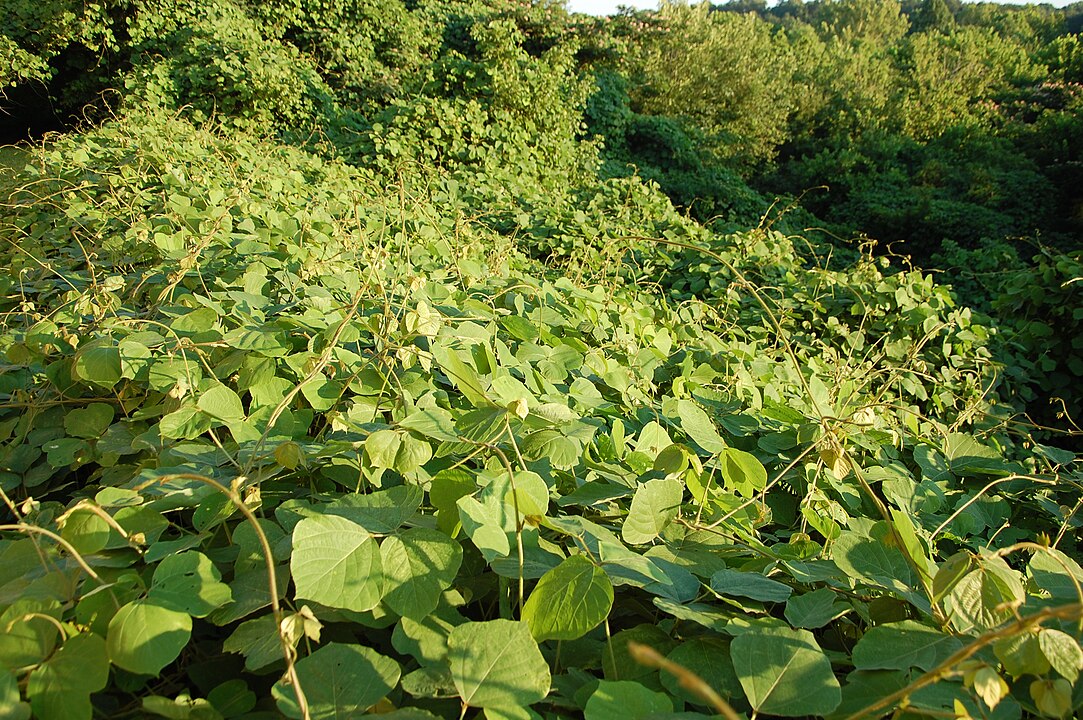
Kudzu arrived in North America as a well-meaning solution for erosion control and shade, promoted for porches and hillsides. Over time, its vines raced over trees, power lines, barns, and even abandoned cars, creating thick green blankets that smother everything underneath. Several states now list it as a noxious weed and restrict planting or transport of live material. Roadside crews battle it with repeated cutting and herbicide, knowing that a single surviving root crown can restart the invasion.
Chinese Tallow Tree

Chinese tallow tree charms on first view, with heart-shaped leaves that blaze red and gold in autumn and pale, waxy seeds that resemble small pearls. In coastal and southern landscapes it spreads into wetlands and pastures, forming dense stands that shade out native plants and can sicken grazing animals. States like Florida treat it as a prohibited or noxious species, banning sale and restricting movement. Land managers now work to ring-bark and remove mature trees before they seed entire floodplains.
Brazilian Peppertree

Brazilian peppertree, sometimes sold in the past as a Christmas-berry shrub, offers glossy foliage and clusters of bright red fruit. Birds enjoy the berries and help spread seeds into marshes, ranchland, and coastal scrub, where the plant forms dense thickets that block light and reduce plant diversity. In parts of the southern United States it is officially listed as invasive or noxious, with rules against sale and intentional planting. Control projects can take years, cutting and treating resprouts along roads and estuaries.
Hydrilla
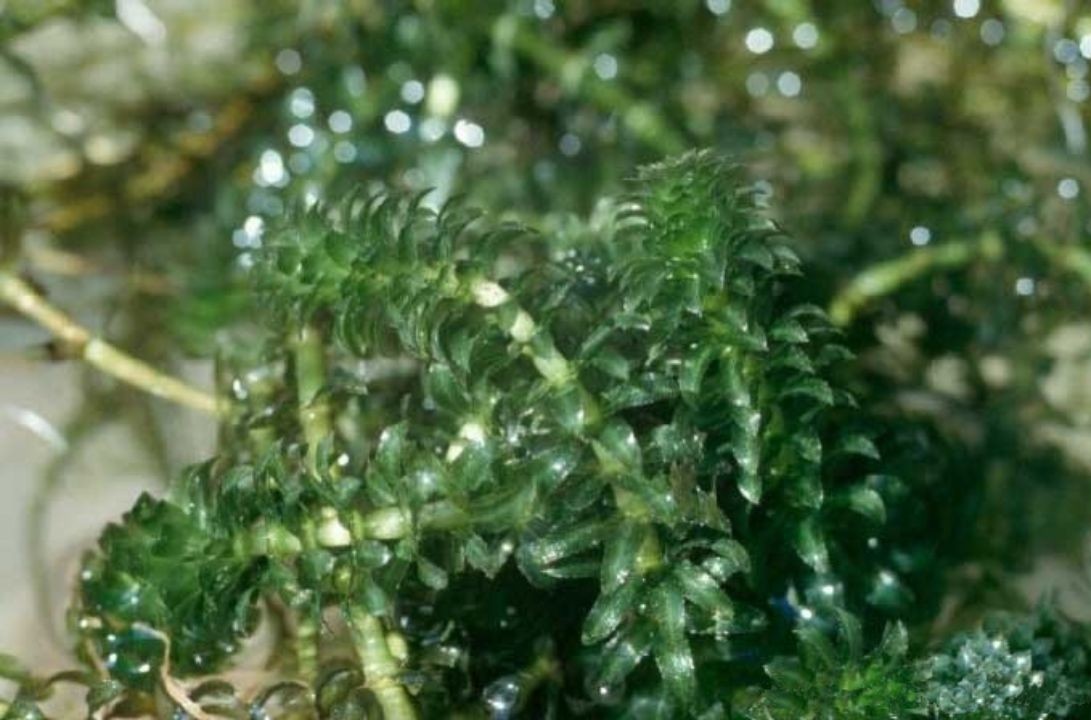
Hydrilla begins as a simple submerged stem in aquariums and small garden ponds, valued for its endurance and rapid growth. Once fragments escape into natural lakes or canals, they anchor firmly and weave into towering underwater walls that snag propellers and crowd out native plants. Many jurisdictions now classify hydrilla as a prohibited or regulated invasive, making cultivation and transport illegal. Boat inspections, herbicide treatments, and mechanical harvesters all work together to keep waterways from turning into green tunnels.
Saltcedar Tamarisk
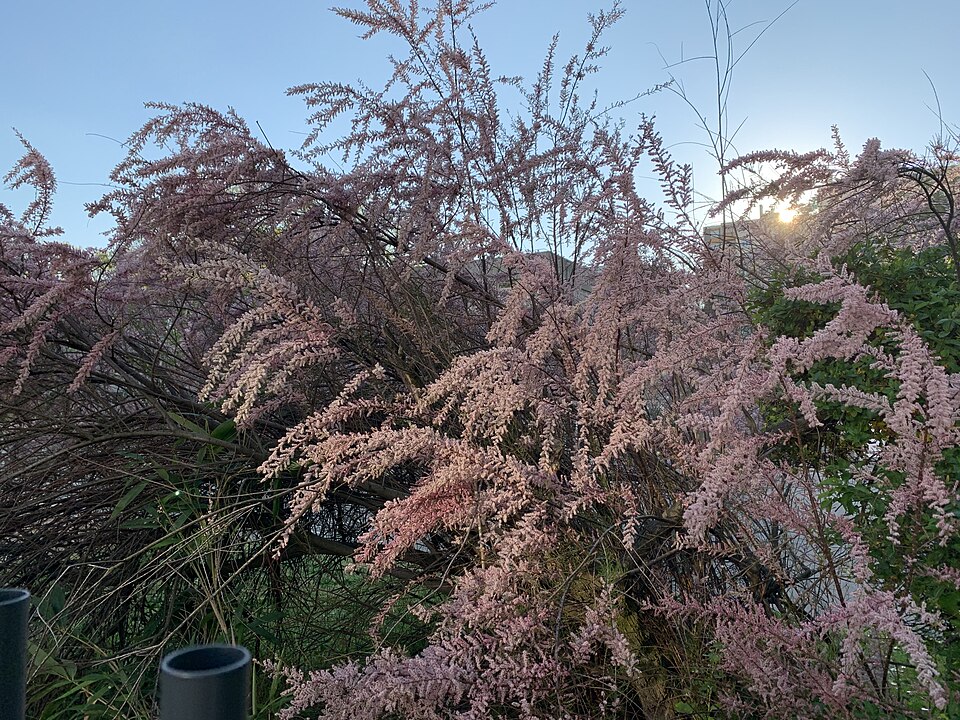
Saltcedar, or tamarisk, uses fine, feathery foliage and soft pink flowers to project a gentle, drought-tolerant image. Along rivers and reservoirs it sends roots deep into the soil, drawing large amounts of water and concentrating salt around its base. Native willows and cottonwoods struggle to compete, while dried tamarisk stands can burn intensely and reshape fire regimes. Several states list it as a noxious or restricted plant, discouraging new plantings and supporting large-scale removal along precious waterways.
Himalayan Balsam
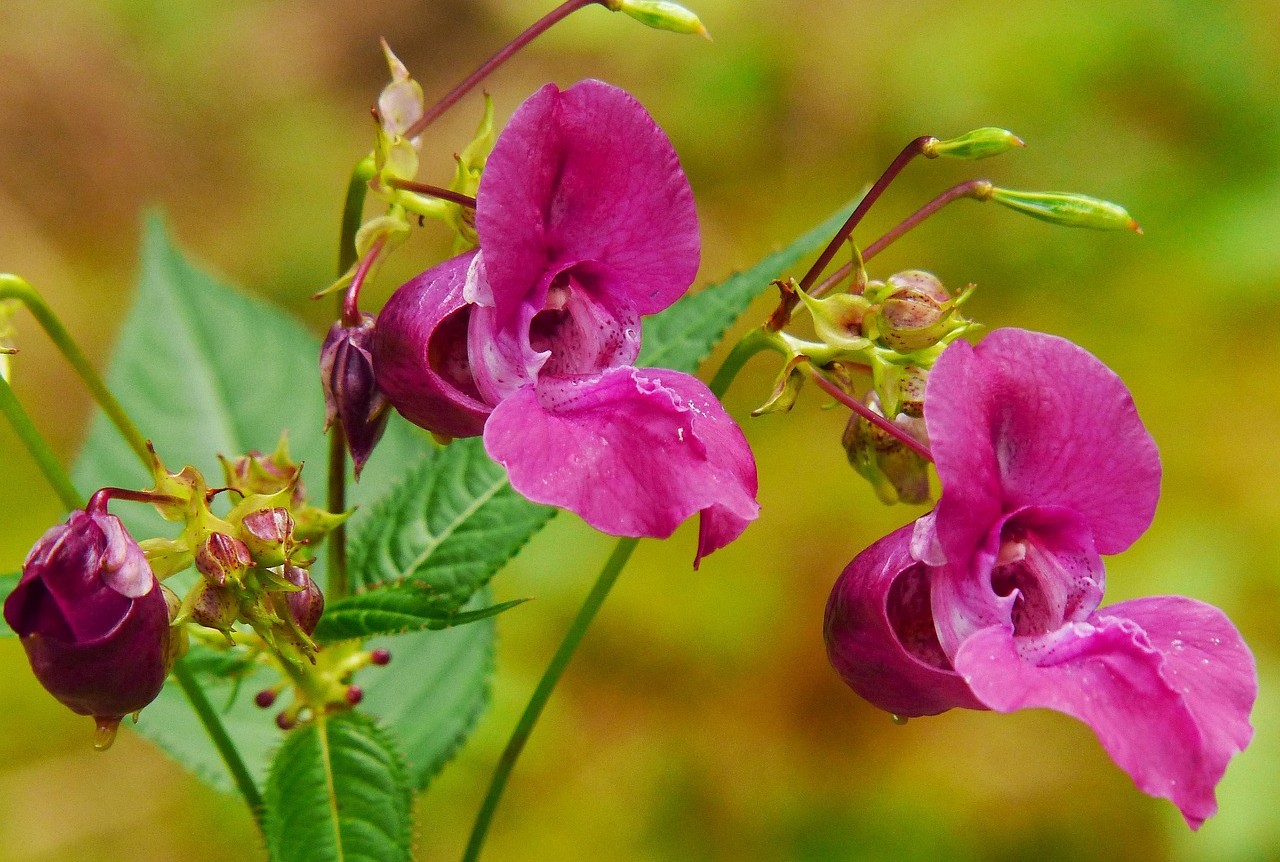
Himalayan balsam stands tall along streams with hollow stems and pink, helmet-shaped flowers buzzing with pollinators. Its explosive seed pods fling offspring several meters away, quickly forming dense colonies that shade out local vegetation. When winter arrives, those shallow-rooted stands collapse and leave bare soil vulnerable to erosion and flooding. In Britain and parts of Europe, legislation makes it an offense to plant or allow it to spread into the wild, turning casual garden clumps into compliance concerns.
New Zealand Pigmyweed
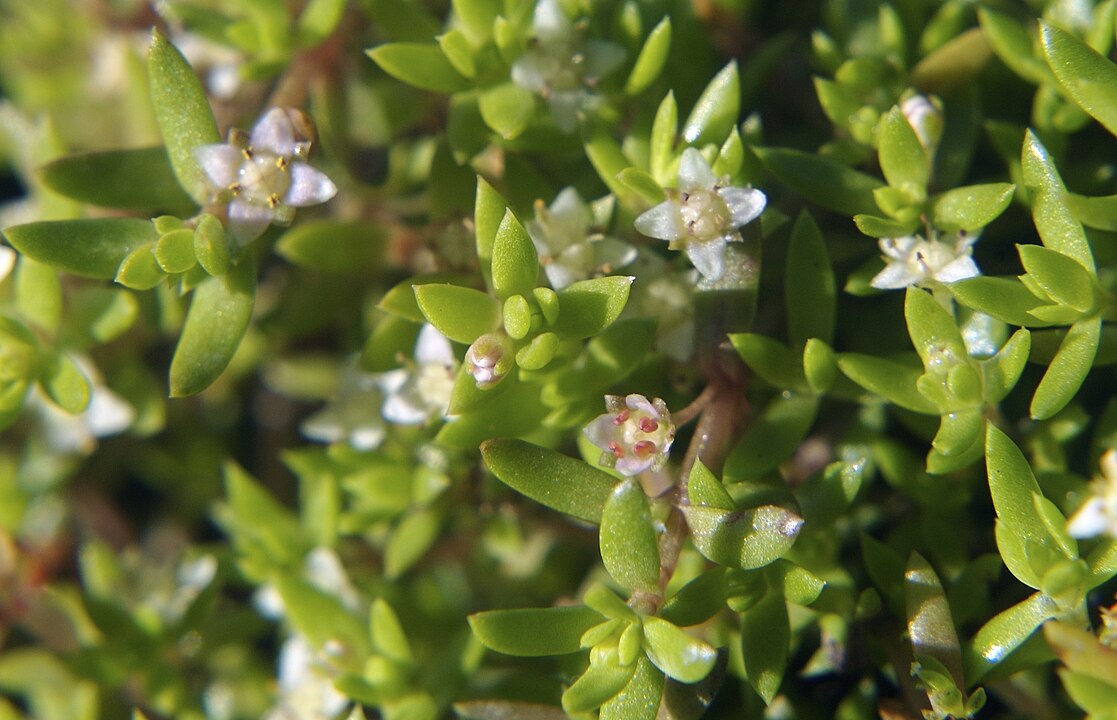
New Zealand pigmyweed, also called crassula helmsii, looks like an innocent succulent mat hugging the edges of ponds and boggy corners. Under the waterline it builds thick layers that can cover entire surfaces, blocking light, starving native plants, and making fishing or swimming nearly impossible. Because even tiny fragments can restart colonies, some countries have banned its sale and deliberate cultivation. Clear-out efforts involve draining ponds, repeated treatments, and strict rules on how removed material is handled and transported.
Opium Poppy
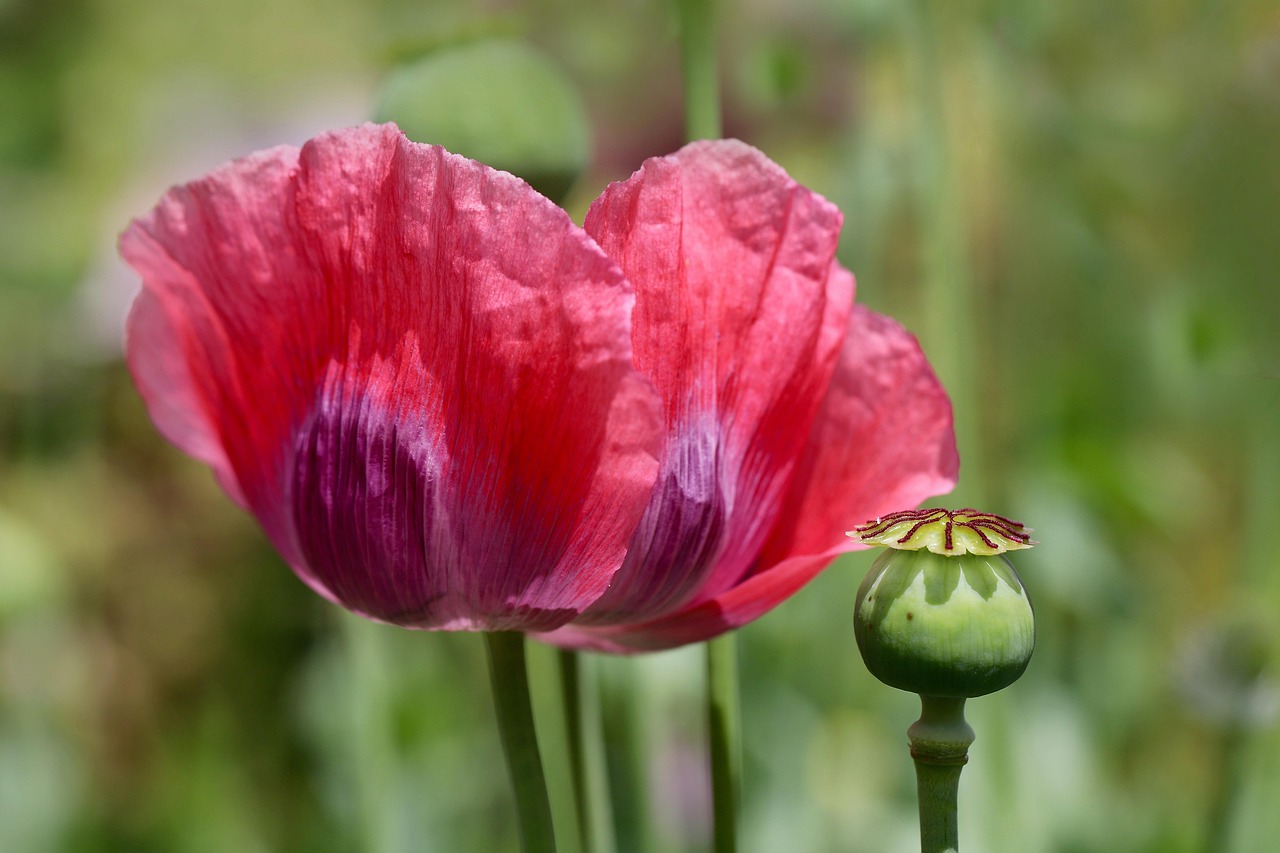
Opium poppy shows up in traditional borders and seed mixes with soft, papery petals and decorative seed heads familiar from baking. The same species also produces latex that can be processed into opiates, putting it squarely inside narcotics law in many regions. In some countries ornamental growing is tolerated; in others, cultivation without a license falls into a legal gray area or outright prohibition. Gardeners may see only a pastel bloom, while regulators look at the pods and think of controlled substances.
